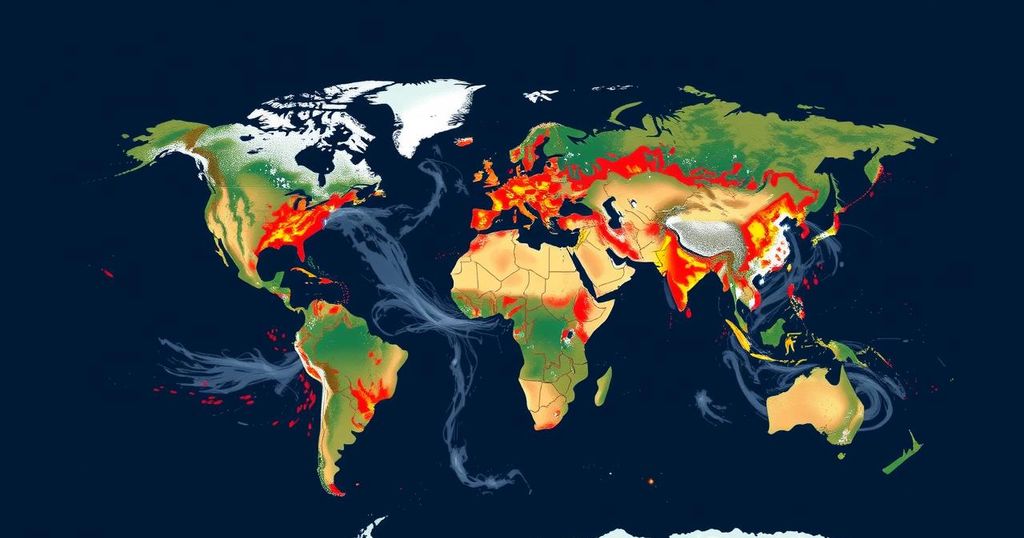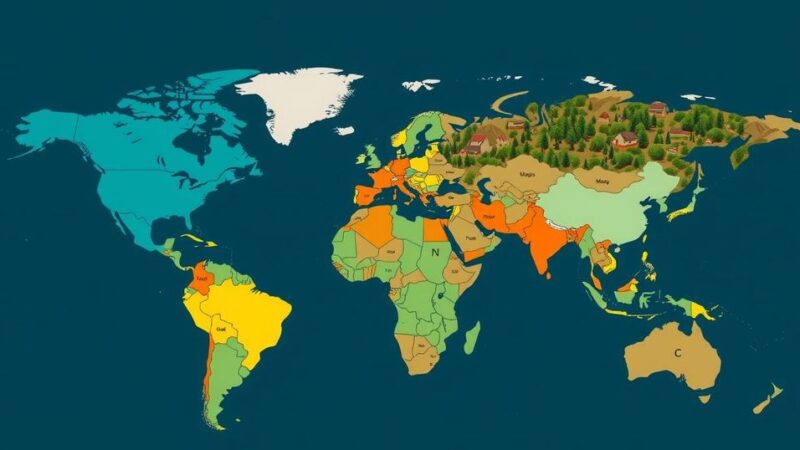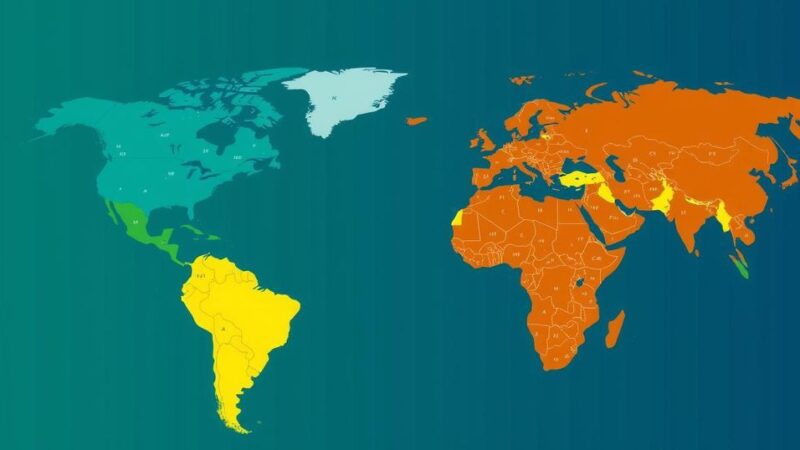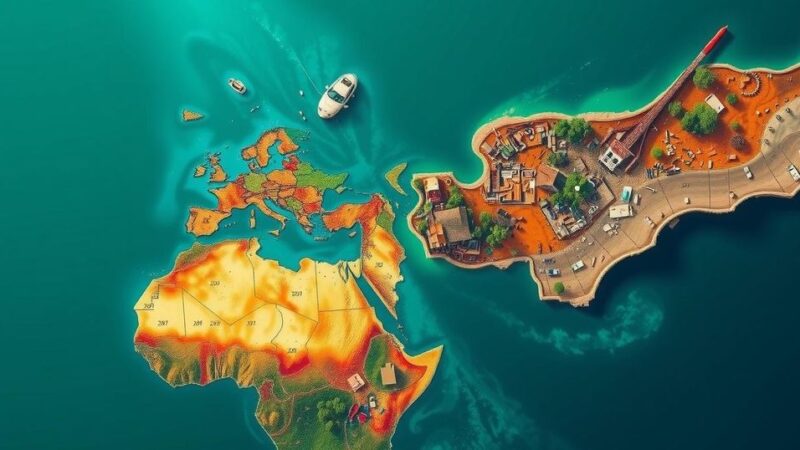Carbon Brief’s recent map highlights over 600 studies linking climate change to extreme weather events, revealing that climate change has increased the likelihood or severity of around 74% of these extremes. The research covers a variety of phenomena, predominantly focusing on heat extremes but also includes less common instances where climate change has reduced the likelihood of certain events. The mapping effort indicates an uneven distribution of studies across global regions, with a need for enhanced research focus in developing countries.
In recent years, extreme weather events have increasingly been linked to human-induced climate change through a growing body of research known as extreme event attribution. Pioneering studies dating back to 2004 have quantified how climate change has altered the frequency and intensity of specific weather phenomena, with the seminal analysis of the 2003 European heatwave marking a significant milestone in this field. Currently, there are over 600 studies tracing the influence of climate change on about 750 extreme weather events worldwide, revealing that approximately 74% of these occurrences have been made more likely or severe due to human activities. The fields examined range from droughts and heatwaves to rainfall events and storms. The interactive map developed by Carbon Brief serves as a comprehensive resource, illustrating the global impact of climate change on weather extremes. Notably, a substantial number of attribution studies indicate a heightened risk associated with heat extremes, which comprise a large portion of the investigated cases. In contrast, a small percentage of events have been deemed less likely or severe due to climate change, predominantly consisting of cold-related extremes. This mapping effort underscores the scientific community’s commitment to understanding and communicating the effects of climate change while highlighting an uneven global distribution of research, primarily concentrated in the Global North.
Extreme event attribution is a scientific discipline that seeks to determine the extent to which climate change exacerbates specific weather events. This field gained momentum following groundbreaking research that linked the 2003 European heatwave to human-induced climate factors, establishing a framework for ongoing studies. Current methods involve comparative analysis of climate model simulations to assess how variations caused by climate change have influenced extreme weather phenomena. There remains a noticeable disparity in research focus, with significant attention given to regions in the Global North. Nonetheless, recent efforts aim to broaden this focus and examine climatic extremes in traditionally underrepresented areas, such as parts of Africa and southern Asia.
The accumulating evidence of climate change’s influence on extreme weather underscores the urgent need for global awareness and action. The majority of documented extreme events have been positively correlated with human activities linked to climate change, which reinforces the imperative for comprehensive climate policies and research. As scientific methodologies continue to evolve, a broader understanding of the impacts of climate change across diverse regions can better inform preventative strategies aimed at mitigating future risks. Moreover, it calls attention to the shortcomings in data collection in various parts of the world, highlighting a crucial area for further development in attribution science.
Original Source: www.carbonbrief.org






